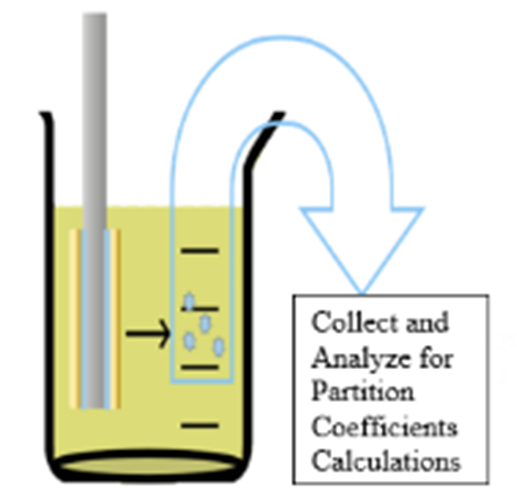Description:
Project ID: TECH2023-34
Background
Several studies have been conducted over the last few decades on the physical properties and chemical composition of the sea-surface microlayer as well as its chemical exchange processes at the air/sea interface. As a result of these studies, it has been demonstrated that a wide variety of xenobiotics are accumulated on the sea surface. Organic contaminants are more likely to accumulate on the sea surface due to their hydrophobic or surfactant properties. It has been reported that organic pollutants are present not only on the surface but also in ocean depths. Pollutants can be partitioned into the biota in the ocean and can accumulate overtime as a result. Essentially, the primary level of the food chain in the marine environment is composed of biomasses such as brown algae. These biomasses can be contaminated with organic pollutants which in turn bioaccumulate by organisms at the higher level of the food chain. Accordingly, it is important to monitor the pollutant aggregation at the lower level of the food chain, since this monitoring can provide a better understanding of the concurrent pollutant loads. Ultimately, there remains a need in the art for new and improved microextraction apparatuses and methods to monitor the above-mentioned pollutant aggregation.
Invention Description
Researchers at the University of Toledo have developed a solid phase microextraction device using alginic acid, which mimics the outer cell wall structure of brown algae, in order to study the partitioning of xenobiotics into marine biomass at an early stage in the food chain. The newly developed solid phase microextraction device is being successfully used to extract xenobiotics, demonstrating its applicability in monitoring xenobiotic levels in aqueous media.
Applications
Solid Phase Microextraction Method for detection of xenobiotic contamination or partition into biomasses which are present at lower levels in the food chain. Technology can be applied in Food, Cosmetic, Manufacturing, Pharmaceutical, Medicinal and other industries.
Advantages
- Device resembles the amorphous embedded matrix of brown algae's outer cell wall.
- Device can extract xenobiotics straight from ultra-pure water.
- Can monitor xenobiotic bioaccumulation in marine brown algae
IP Status: Patent Pending
